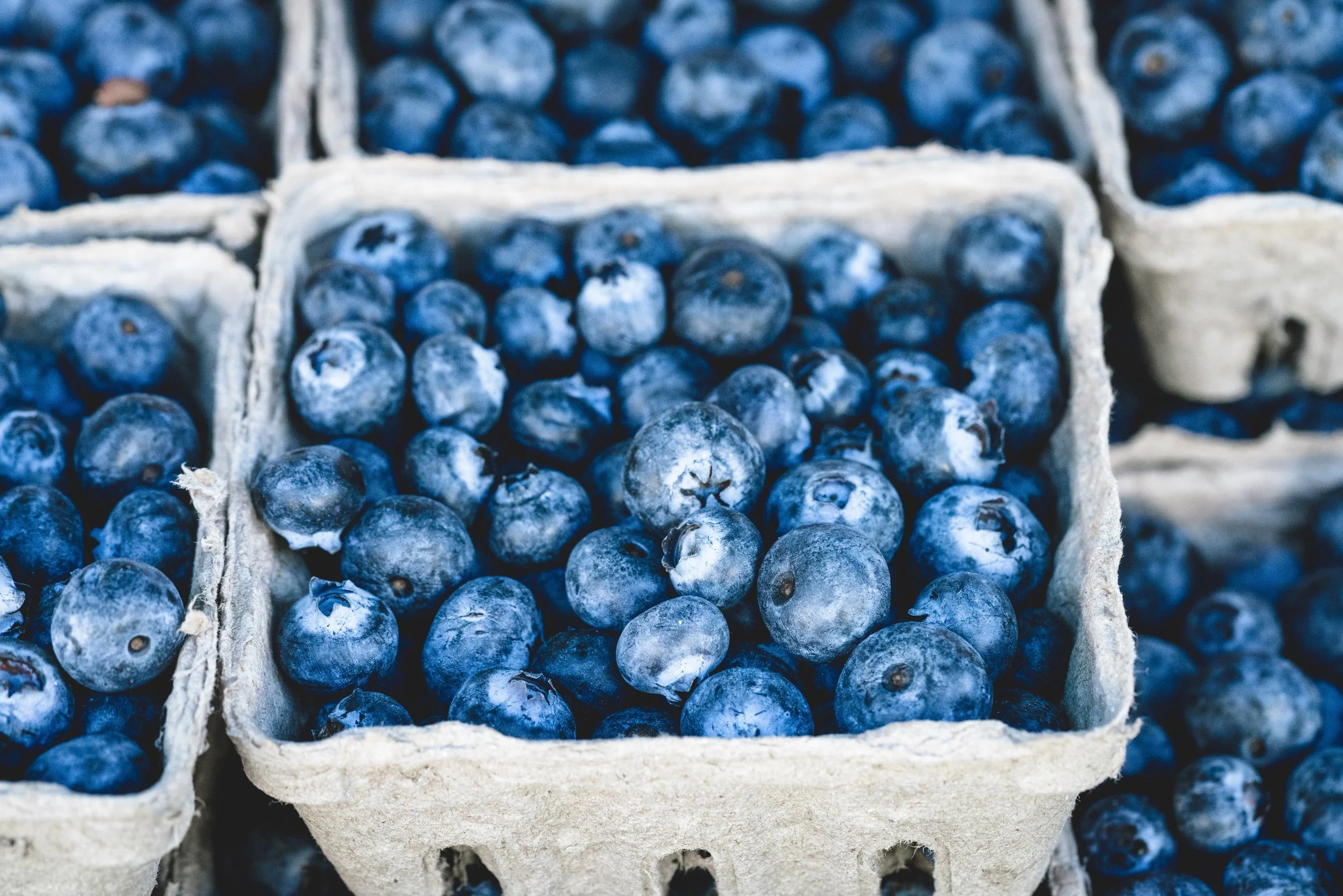BEEHAVEN FARMS
BeeHaven Farms grows seeds and wildflowers with the goal to come to a deeper understanding of Oregon’s bee ecology. Through their three-pronged approach of helping the honeybee, conducting research, and experimenting to increase yield for pollinators on crops like clover, they’re trying to find what works both for Oregon’s bees and Oregon’s farmers.
Gylan mulkey farms
For over two decades, Mulkey Farms has taken advantage of Oregon’s favorable climate to produce a wide variety of diverse crops and seeds, which are shipped throughout the country. They were also one of the early adopters of the Bee Protection Protocol that gives farmers guidelines on how to accommodate pollinators so that they thrive and can form a mutually beneficial relationship with the farm.
Halls Ferry farms
Halls Ferry Farm is a large-scale farming operation that focuses on producing organic blueberries and hazelnuts. Boasting 3,000 acres of farmable land and hedgerows as far as the eye can see, Halls Ferry Farm wants to change the narrative about what big farms do. “People think that small- and medium-sized farms are the only place where you can execute on big sustainability ideas. Our purpose is to increase access to better and healthier food,” says Wood Turner, who represents Ag Capital, the owners of Halls Ferry Farm.
headwaters farm
Headwaters Farm hosts an incubator that helps springboard farming businesses by leasing farmland, tools, and other agricultural resources to beginning farmers for up to five years. Each farmer gets a plot within Headwaters’ 60 acres to grow for their business and receive trainings that help them improve their farming and business practices. “Two thirds of Oregon’s farmland is expected to change hands in the next 20 years. Our goal is not to make money; our goal is to make farmers,” says Program Manager Rowan Steele.
HERITAGE SEEDLINGS AND LINERS
Founded in the early 80s, Heritage Seedlings began by growing woody ornamental plants for wholesale trade. Japanese Maple, Birches, and Magnolias were just a few of the 700 different kinds of plants they grew. In 2001, they embarked on a new endeavor – growing native plants and wildflower seeds to aid in the restoration of habitats within the Willamette Valley.
IWASAKI BROS INC
In 1916, B.Y. (Billy) Iwasaki started a dairy farm in Hillsboro, Oregon. Over the years, the farm changed focus, first to a row crop farm, then to covered greenhouses. Through these changes, Billy’s sons, George, Ike and Art Iwasaki, got involved in the business. Today, Iwasaki Bros. operates 629,050 square feet of covered greenhouses and grows annual and perennial bedding plants including Christmas greenery and poinsettias. Their trucks deliver from the Canadian border in the North to Brookings in the South; from the Pacific Coast in the West to Cour d’elene in the East.
kenagy family farms
Kenagy Family Farm is a picturesque farm outside of Albany that has been puzzle-pieced together over several decades and several generations. The Kenagy family has owned a piece of this land since the early 1930s and since its formal establishment in 1985, they’ve been working the land to the farm what it is today. Nestled alongside the Willamette River, this property has presented its own unique set of challenges and opportunities that the Kenagy family has made sure to take full advantage of.
Soter vineyards
Soter Vineyards is an award-winning winery located in the heart of Oregon wine country. On their 240 acres of land, they not only grow grapes (vines occupy 40 acres), but also raise livestock, grow a garden that stocks their tasting room, and maintain edge habitat for pollinators and wildlife. Soter Vineyard is acertified Biodynamic farm.
WINTERS HILL ESTATE
Originally a grass seed and crimson clover farm, Winter’s Hill Estate has been crafting Pinots (Noir, Blanc, and Gris) as well as Rosés and blended wines since it converted into a vineyard in 1990. They began producing wine in 1998, building their own winery in 2009. They produce between 3,000 and 4,000 cases of wine each year, which are sold in their tasting room, wine club, and throughout Oregon and the Northwest. Part of their 100 acres is also devoted to native plants, oak savanna, and pollinator habitats to support butterflies and bees.










